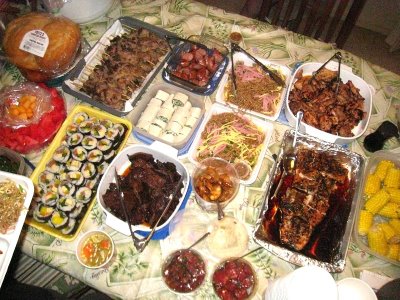Native Hawaiian meals are consolation meals for islanders. Within the Hawaiian language, a neighborhood is a kamaʻāina—a baby of the land. It’s somebody who was born and raised in Hawai‘i. In contrast to different states, like California, the place residents are known as Californians, or Texans from Texas, you aren’t thought-about Hawaiian simply since you reside in Hawai‘i.
Native Hawaiians are a race of people who find themselves descendants of the indigenous individuals who lived within the Hawaiian islands when Captain Cook dinner landed in 1778 on the Big Island. This was the primary European contact with Native Hawaiians.
Non-Hawaiians who occur to reside even when they had been born right here, are known as “Hawai‘i residents.” Over the generations, immigrant teams of sugar plantation staff got here to Hawai‘i from far-off locations like China, Japan, Portugal, and the Philippines they usually they usually turned ‘ohana — household. And households share meals.
While you’re residing on a volcano in the course of the Pacific Ocean with a few of the highest housing and meals costs within the nation, consolation meals is considered one of life’s easy joys. It’s not at all times the healthiest, nevertheless it doesn’t should be. It’s a multicultural extravaganza (take into account your self fortunate for those who get invited to a potluck).
Native meals is a mixture of traditional Hawaiian cuisine and the numerous cultures that make up Hawai‘i at the moment. It’s so deeply embedded in day by day life that many individuals suppose “native meals” is Hawaiian meals. In actual fact, it may be much more widespread amongst residents and guests than conventional Hawaiian fare. So if you would like an actual style of the land, these are the dishes to hunt out.
10 Native Hawaiian Meals to Attempt
The meals right here will be discovered everywhere in the islands. If I’ve listed any specific restaurant or eatery, it’s solely as a result of they’re identified for making a standout model of the dish. If you wish to discover considered one of this stuff, ask your resort—or higher but, ask the subsequent native you see. They’ll in all probability know the place to get the most effective of all of them.
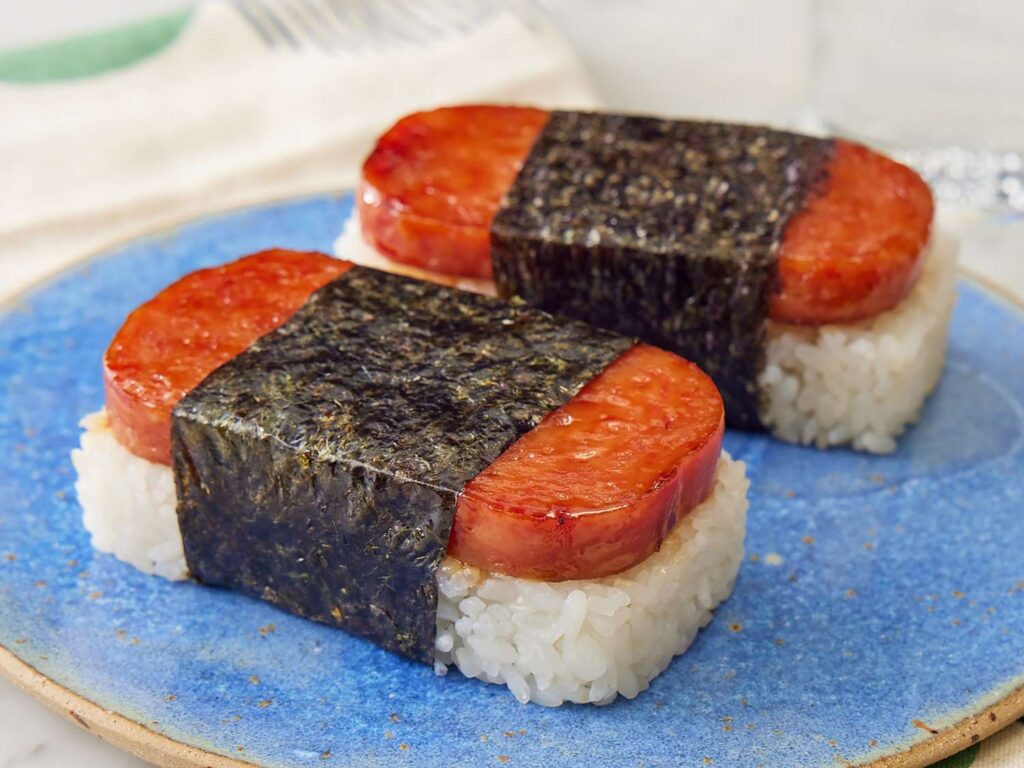
Hawai’i is the state that eats essentially the most SPAM.
1. Spam Musubi: An Iconic Hawaii Meals
Hawaiians eat round 7 million cans of SPAM every year, making Hawai‘i the state with the best SPAM consumption within the U.S. Throughout World Battle II, SPAM was shipped to the islands to feed the navy—and it rapidly turned widespread with islanders.
It’s comparatively cheap, versatile, nonperishable, and has develop into a necessary a part of Hawai‘i’s meals tradition. Locals fill up on SPAM and look ahead to gross sales. They use it in every thing from the ever present SPAM musubi to fried rice, breakfast burritos, omelets, prompt noodles, pizza, breakfast sandwiches, and extra.
SPAM musubi is considered one of Hawai‘i’s favourite consolation meals. It’s a slice of SPAM nestled between two layers of white rice, wrapped in a sheet of nori (Japanese seaweed)—typically with scrambled eggs added on high. You’ll discover it all over the place, from grocery shops to 7-Elevens to gasoline stations.
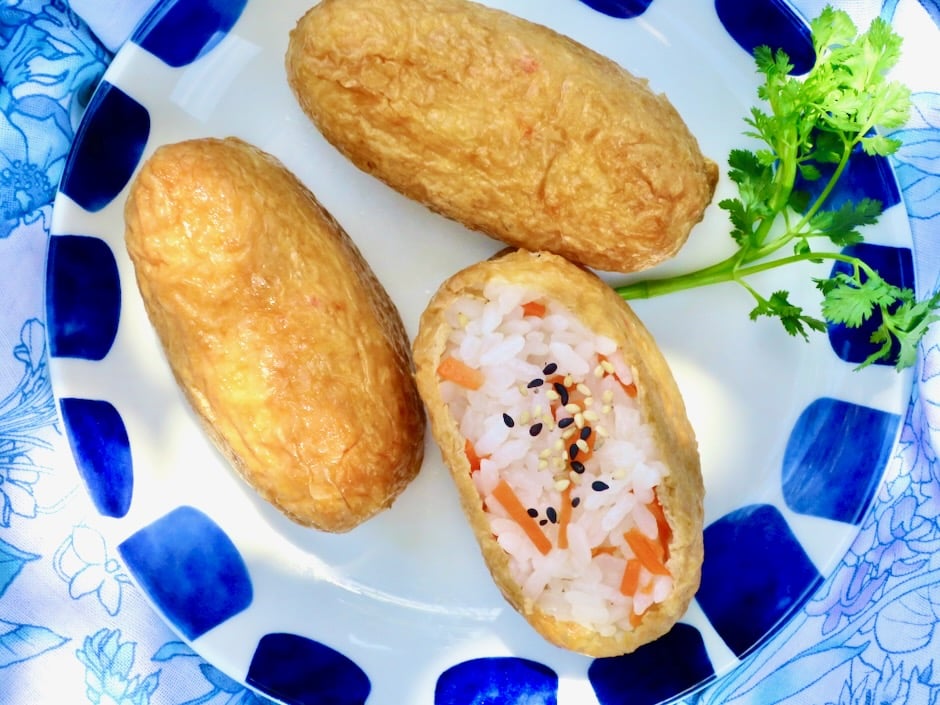
Cone sushi is a beloved Japanese meals.
2. Cone Sushi
This can be a nickname for what the Japanese name Inari sushi. It’s a favourite in Hawai’i and wanted at potlucks or native gatherings. Sushi rice is stuffed into seasoned deep-fried tofu pockets or “cones.”
Cone sushi is a bit tougher to search out than SPAM musubi. They’re bought in grocery shops close to the ready-made sandwiches, however these aren’t those you need to purchase. As soon as cone sushi is refrigerated, it loses its taste and the rice hardens.
The perfect cone sushi will be discovered at Japanese lunch outlets known as “okazuya” or ordered as take out from a Japanese restaurant. In Hilo on the Large Island, Hilo Lunch Shop has the most effective cone sushi. Arms down.
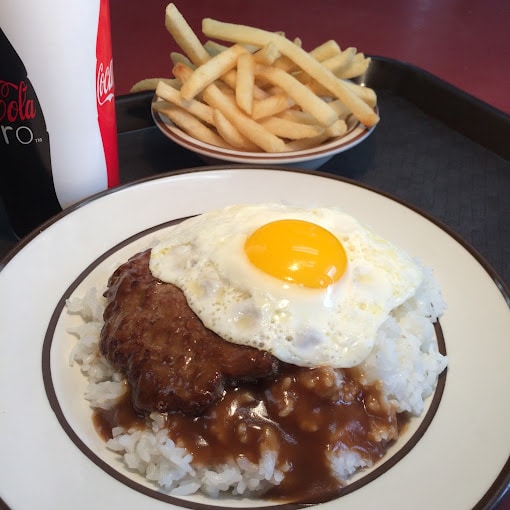
Loco Moco first turned widespread in Hilo.
3. Loco Moco
The loco moco story dates again to the 1940s, when a gaggle of teenage surfers in Hilo needed one thing low cost, filling, and loaded with carbs. So that they went into a neighborhood diner and ordered a hamburger on rice, coated with gravy.
As we speak, a basic loco moco is 2 scoops of rice topped with a hamburger patty, a fried egg, and smothered in brown gravy. We’re undecided when the egg was added or the way it obtained its title, however we’re not mad about it.
Cafe 100 in Hilo claims to be the house of the loco moco and has over 30 variations on their menu.

Lumpia is from our Filipino cousins.
4. Lumpia
Lumpia are a sort of spring roll crammed with a savory combination of pork, cabbage, and different veggies. They’re a deliciously crispy appetizer from the Philippines.
I finished by a roadside vendor the opposite day promoting freshly made banana lumpia. The crepe-like pastry pores and skin, known as a lumpia wrapper, was crammed with mashed, candy ripe banana. They had been very good.
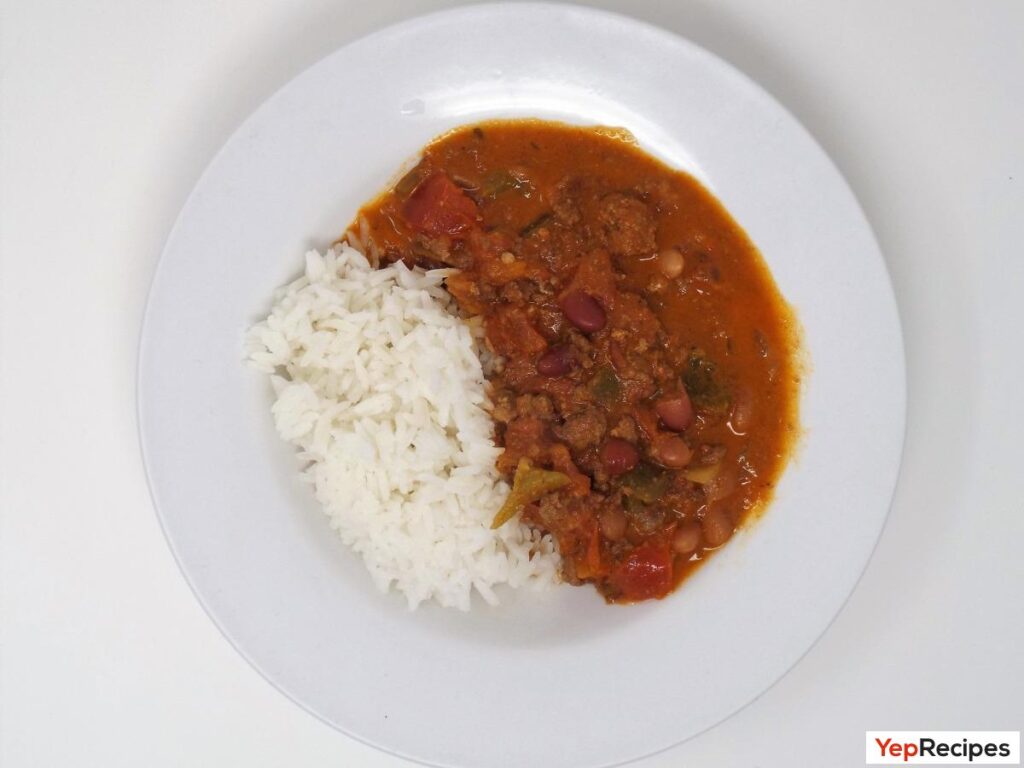
Locals like to eat chili with a scoop of mayo
5. Chili and Rice
An everyday dish of chili—made with hamburger, beans, and spices—scooped over a heap of white rice is a neighborhood favourite in Hawai‘i. Many locals take it up a notch by including spoonfuls of mayonnaise on the facet. Generally, along with floor beef, the prepare dinner may also toss in slices of fried Portuguese sausage for additional taste. Inexperienced onions and shredded cheese are basic toppings.
Zippy’s Restaurants promote a preferred model of Chili and Rice, which can also be bought within the grocery retailer frozen aisle.

Malasadas. Photograph by Leonard’s Bakery.
6. Malasadas
A malasada is a Portuguese donut and not using a gap, constituted of lemon zest–flavored yeast dough, coated in granulated sugar and cinnamon, and fried to golden perfection. Plantation staff from the islands of Madeira and the Azores introduced malasadas to Hawai‘i.
In trendy Hawai‘i, you’ll discover all types of variations—some crammed with cream or pudding, others constituted of taro or candy potato dough. Every model provides a singular spin on this beloved deal with.
Leonard’s Bakery in Honolulu has nice malasadas.
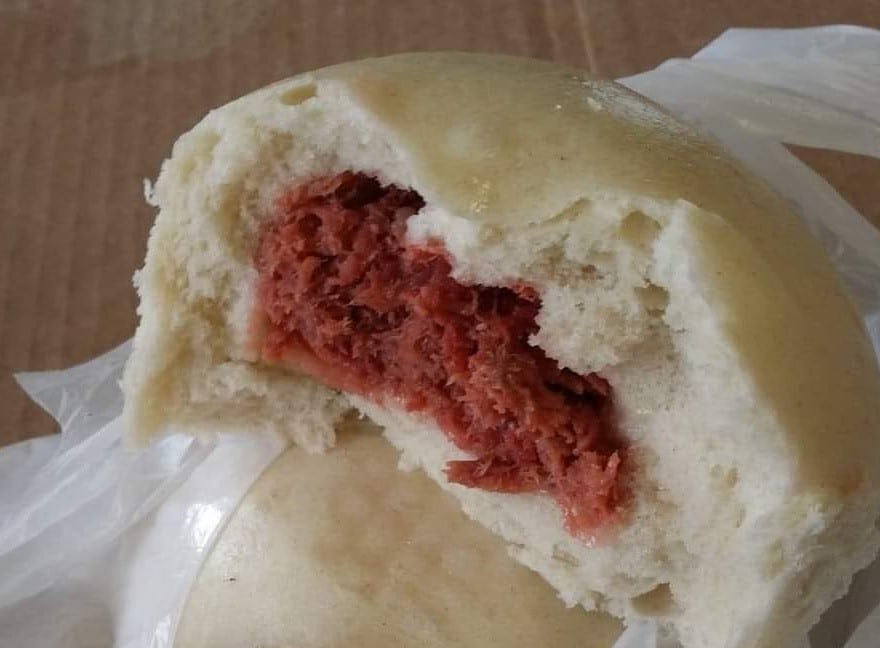
Manapua remains to be made day by day at Chun Wah Kam Noodle Manufacturing unit.
7. Manapua
Manapua is the native time period for char siu bao—an enormous, fluffy Chinese language bun crammed with char siu, a Cantonese-style barbecued pork that’s been steamed or baked with its signature purple glaze. When Hawaiians first tasted this Chinese language delicacy, they known as it “mea ʻono puaʻa,” that means “scrumptious pork cake.” Over time, that phrase advanced into the beloved native time period: manapua.
Within the early 20th century—lengthy earlier than lunch outlets and meals vans—neighborhoods had a “Manapua Man” who would stroll the streets shouting “Manapua!” whereas carrying a pole throughout his again with buckets of freshly baked buns dangling from both sides.
Chun Wah Kam Noodle Factory is the #1 selection for Manapua.
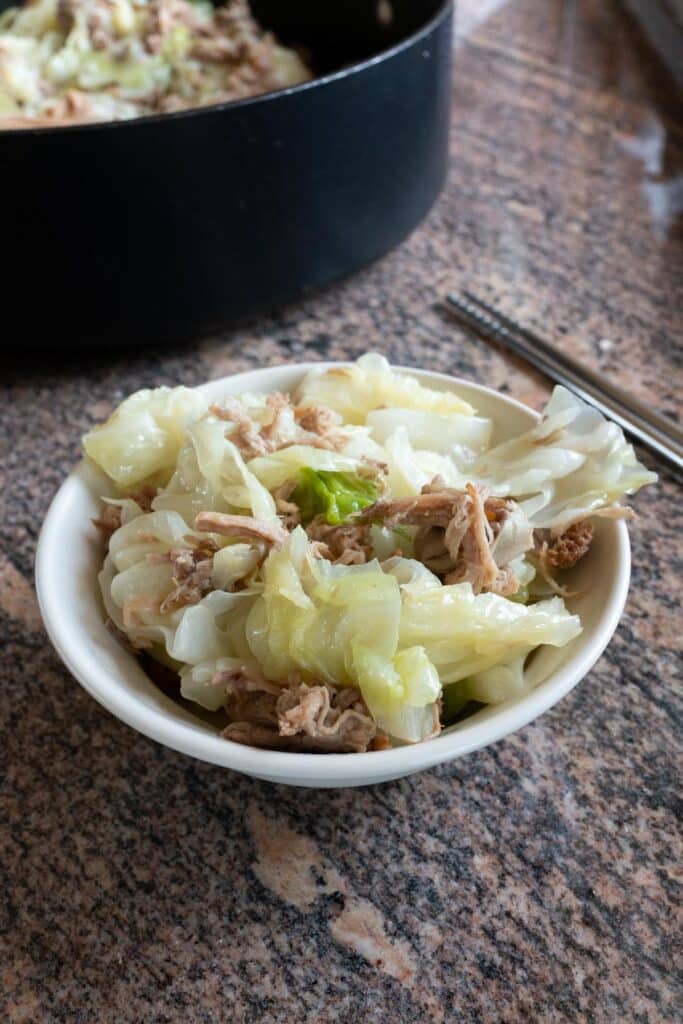
Kalua pork and cabbage is an island favourite.
8. Kalua Pork and Cabbage
Kalua pork is a standard Hawaiian dish that’s important to the native meals tradition. It’s slow-cooked in an underground oven known as an imu. Someplace alongside the road, somebody tossed a head of cabbage into the pot and boiled it along with the pork till the cabbage was falling aside—delicate, tender, and stuffed with smoky, meaty taste.
That’s simply the correct consistency locals love. Season it with a bit floor rock salt—identified domestically as Hawaiian salt—and serve it with a scoop of white rice, and also you’ve obtained dinner. As we speak, you’ll be able to even purchase kalua pork by the pound at most grocery shops.
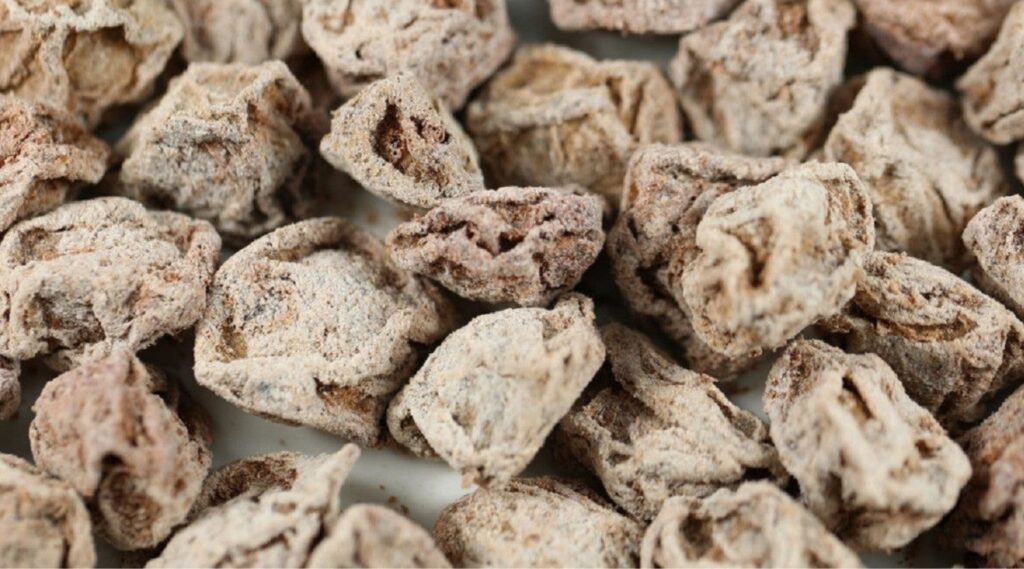
Li hing mui is salty and bitter
9. Li Hing Mui
Chinese language immigrants from Guangdong Province introduced li hing mui to the islands. Which means “touring plum,” these dried, preserved fruits had been excellent for lengthy journeys—just like the trek throughout the Pacific Ocean that introduced many Chinese language immigrants to Hawai‘i.
As we speak, li hing mui is a well-liked snack identified for its lip-puckering, distinctive taste—a mix of candy, salty, and tangy. You’ll discover it in most grocery shops and drugstores throughout the islands. My mouth is watering simply serious about it.

Saimin noodles are totally different than ramen noodles.
10. Saimin
Ask any native, and most will choose saimin over ramen as their favourite noodle dish. At its core, saimin is Hawaiian-style noodles, whereas ramen is Japanese-style. The story goes that when Japanese immigrants got here to Hawai‘i to work on the plantations, they tried to recreate the ramen they missed from dwelling. They got here up with noodles constituted of eggs and wheat flour, served in a sizzling dashi broth. Conventional ramen doesn’t embody eggs within the noodles, and the broth sometimes options hen or fish, mushrooms, and dried seaweed.
Saimin is usually garnished with sliced hard-boiled eggs, bok choy, sesame oil, soy sauce, dried seaweed, Portuguese sausage, dried onions, fishcake, SPAM, and inexperienced onions. The noodles are thicker and chewier than typical ramen. Whereas ramen will be discovered everywhere in the world, saimin noodles are principally distinctive to Hawai‘i.
Hamura Saimin Stand in Līhu‘e, Kaua‘i has been serving its beloved saimin since 1952. There’s nothing fancy—simply critically good saimin. Search for the little blue home. Inside, it seems like a retro diner with communal counter seating. Order your saimin, and if you would like an ideal facet dish, strive the fried gained tons. Simply don’t go away with out getting the lilikoi chiffon pie—a light-weight ardour fruit–flavored dessert topped with meringue. It’s outrageously scrumptious.
Now that what locals in Hawai‘i like to eat, you’ve obtained your foodie bucket listing earlier than you permit the islands.

